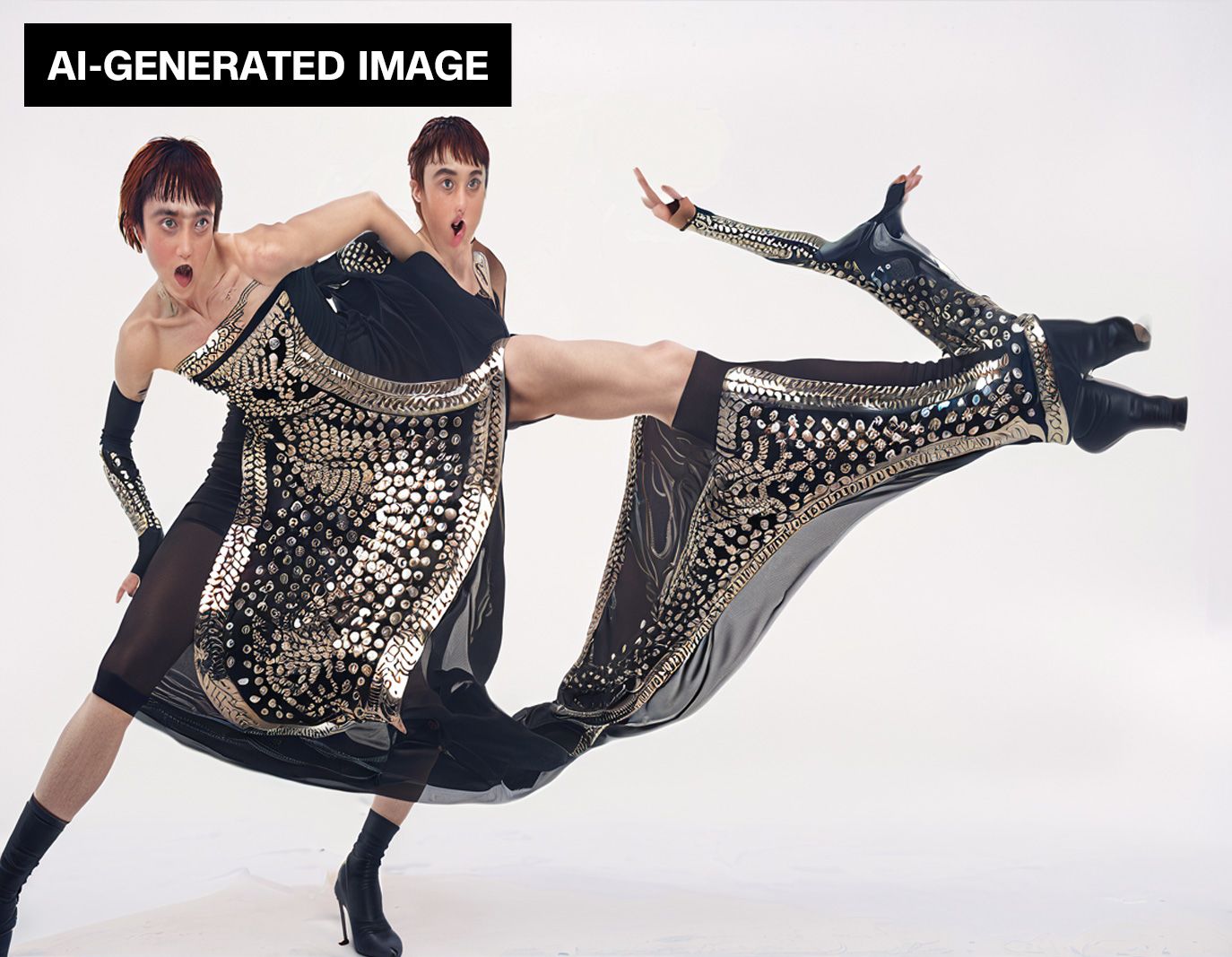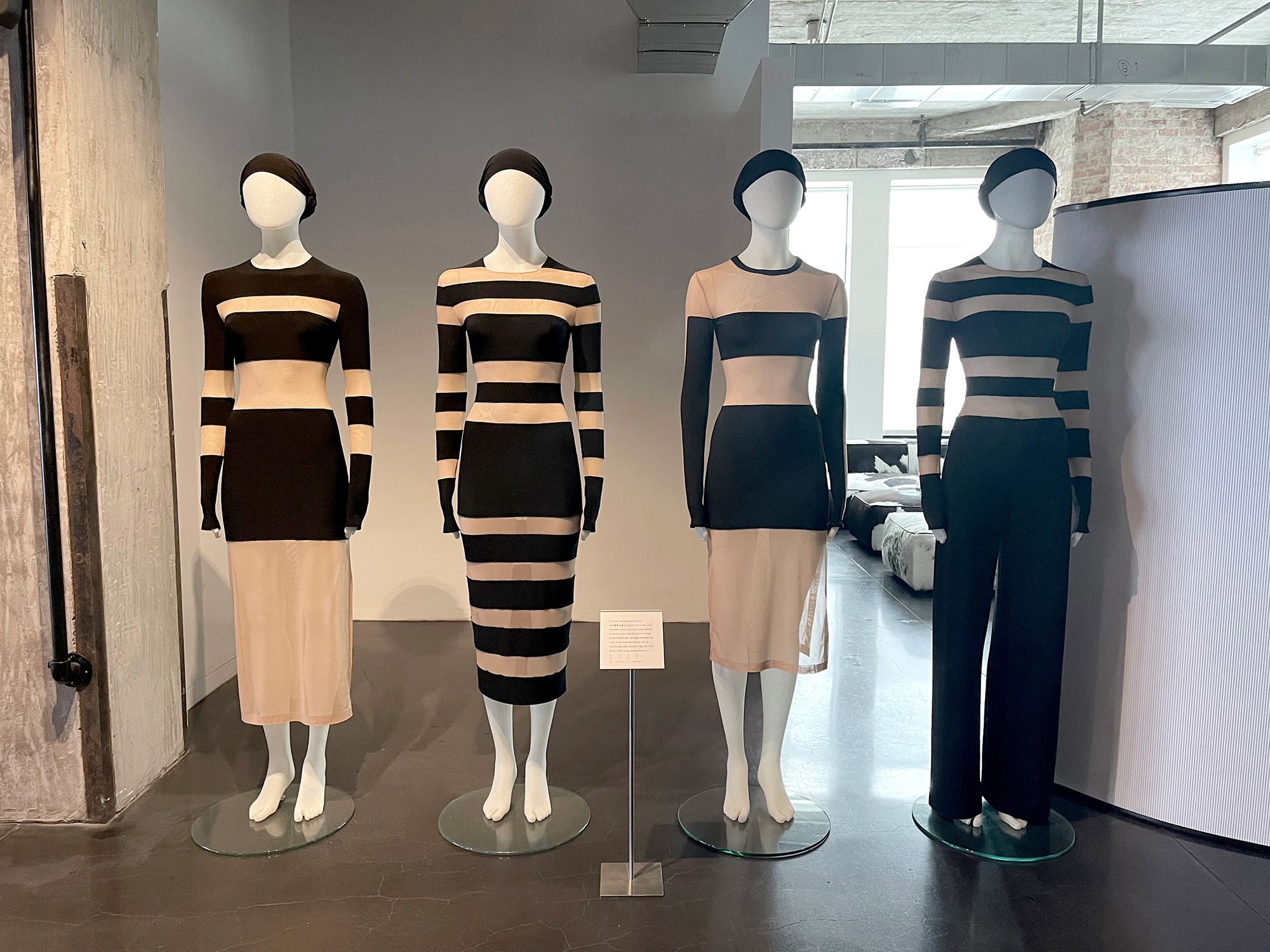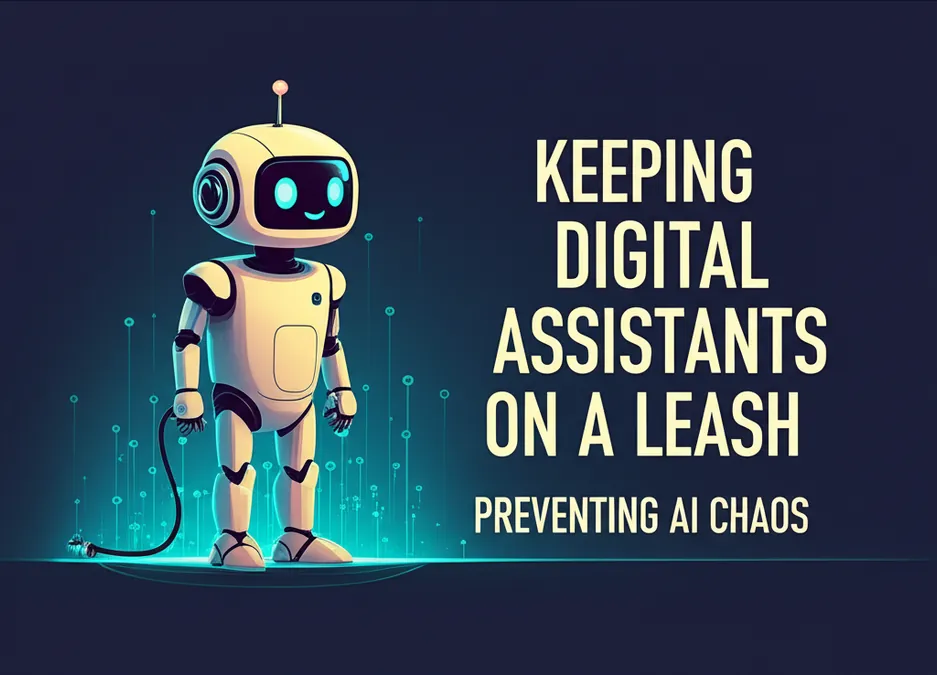Developer Offer
Try ImaginePro API with 50 Free Credits
Build and ship AI-powered visuals with Midjourney, Flux, and more — free credits refresh every month.
AI The New Creative Partner In Design
The AI Crossroads in Modern Design
Design is a delicate balance of art and science, where form and function must coexist. With the rise of artificial intelligence, creative fields like fashion, architecture, and interior design are facing a pivotal moment. For some, AI threatens the human element at the core of their work. For others, it's a powerful tool for enhancing efficiency, sparking new ideas, and streamlining production.
Regardless of individual opinions, one thing is certain: generative AI is making a seismic impact on the world around us, from the buildings we inhabit to the products we use and the clothes we wear. Here, three pioneering designers share how they are embracing AI and transforming their creative processes.
Philippe Starck: Co-Creating with an Artificial Mind
In 2019, I introduced the “AI chair,” the first mass-produced piece of industrial furniture created with the help of artificial intelligence. Working with Italian furniture company Kartell, we launched the series at Milan Design Week. The journey, however, began years earlier in 2017 when I felt a need to explore new creative territories, free from human and cultural biases. I collaborated with Autodesk, a pioneer in generative design software, and posed a simple question to the AI: “Can you help me rest my body, using minimum matter and energy?”

The machine knew nothing of human culture or desires, and for over two years, it struggled. The breakthrough came from an unexpected place—an explanation of how a fetus’s fingers form by removing matter, not adding it. Once we fed this concept to the AI, it produced a chair within minutes. What took us three years then would likely take seconds today.
AI is essentially speed. It’s a fantastic tool for saving time and connecting information to deliver a result. It has already changed how we work, but it lacks a heart or a brain. As designers, our role is to guide, control, and embed our vision into the technology. I still believe the magic and poetry of true creativity lie within the human subconscious. For now, AI is a revolutionary tool, a means to an end. My advice to designers is to trust your vision and intuition first, then let AI help you a little.
Norma Kamali: Digitizing a Fashion Legacy
My fascination with technology began in the 1960s. A few years ago, the idea of “downloading my brain” was proposed to me, and I decided to do it myself. With a fashion archive spanning my 57-year career, I wondered if AI could extend my brand’s life and vision, much like Karl Lagerfeld repurposed Chanel’s archive.

After taking an AI course at MIT, a whole new world of opportunities opened up. We now have an AI program that has categorized my entire archive by design elements. I can write a prompt, and the AI will search for similar garments and generate new ideas consistent with my brand’s DNA.

Recently, I used it to reinvent a popular striped dress I had grown tired of. I was emotionally attached to the original and found it hard to change. I gave AI a picture and a prompt, and it reconfigured the pattern, suggesting new elements like a sheer panel and a collar. We produced a collection with designs from both me and the AI, and customers bought them at the same rate. AI could go anywhere with the concept without emotional baggage. While I acknowledge the concerns about AI taking jobs, I believe it will also create a new world of opportunity. I still sketch and use real models, but I can’t imagine passing up this new creative partner.
Tim Fu: Building the Future with AI Blueprints
In architecture, AI can assist with everything from mood boards to optimizing floor plans. At my firm, Tim Fu Studio, we use AI toolsets for spatial optimization. We define parameters like maximizing sunlight or square footage, and the machine intelligence explores countless configurations, allowing us to cherry-pick the best options.

We recently designed a resort on Lake Bled, Slovenia, which we believe is the world's first fully AI-driven architectural project. We used AI to maximize lake views in each villa and to analyze the region's architectural heritage. The AI helped us reimagine traditional Slovenian design motifs in a modern way, like turning timber enclosures into light-flooding glass atriums. AI understands visual style because it sees correlations between pixels, much like humans see patterns.

Architects can be slow to adapt to technologies that they feel threaten their creative agency. Our ethos is to remain humble and recognize that machines can do some parts of our job better and faster. AI expedites everything, improving our speed and quality. However, it will only assist, not replace, architects. We still test candidates on their sketching ability and sketch on paper in the office every day. The industry's fear and reluctance to adopt AI is great news for us—it means our competitors aren't jumping on the train.
Compare Plans & Pricing
Find the plan that matches your workload and unlock full access to ImaginePro.
| Plan | Price | Highlights |
|---|---|---|
| Standard | $8 / month |
|
| Premium | $20 / month |
|
Need custom terms? Talk to us to tailor credits, rate limits, or deployment options.
View All Pricing Details

